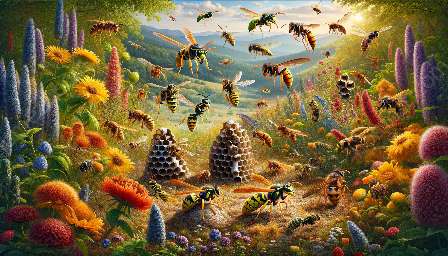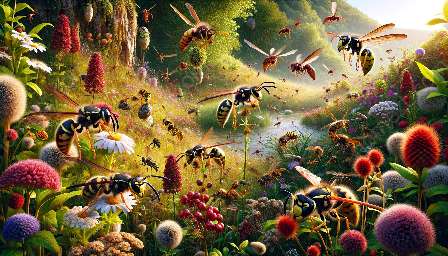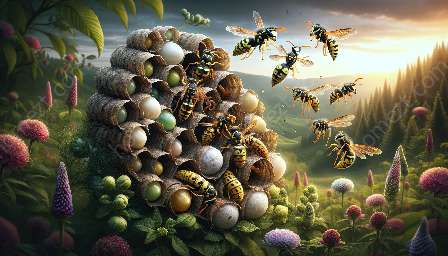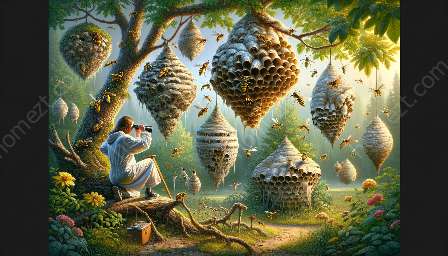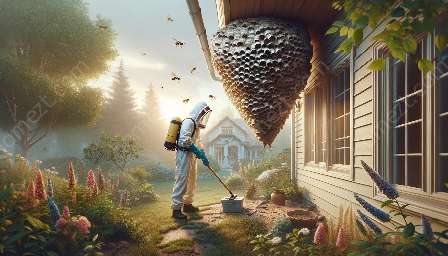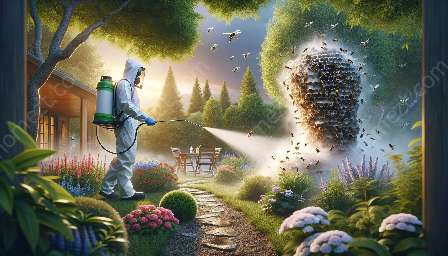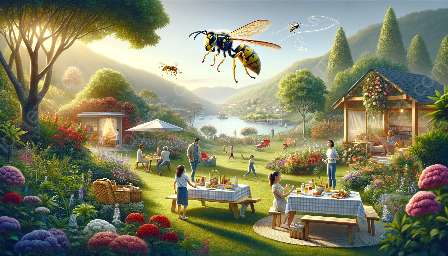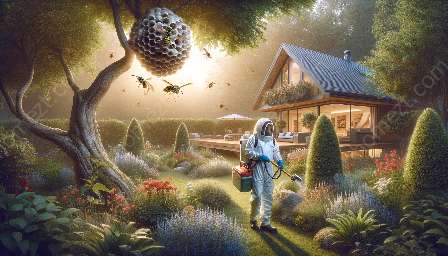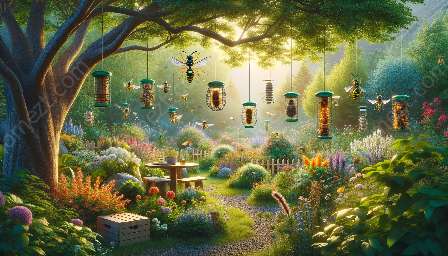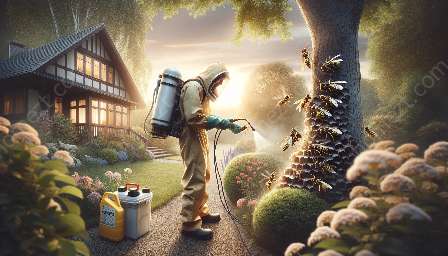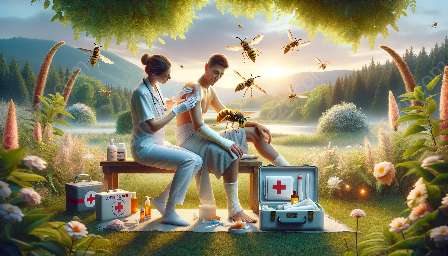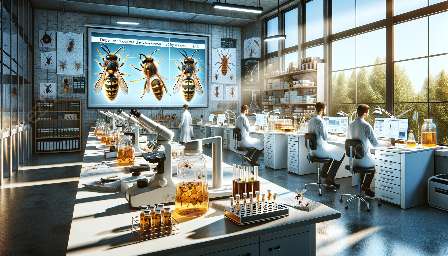Bees are crucial for the pollination of many plants and crops, playing an essential role in our ecosystem. However, they are often threatened by the presence of wasps, which can pose significant risks to bee populations. It's essential to understand the relationship between bees, wasps, and pest control to ensure the protection of these vital pollinators.
The Importance of Bees
Bees are an integral part of our ecosystem, responsible for pollinating a wide variety of plants and crops. Without bees, many plant species would struggle to reproduce, which could have severe implications for the environment and agriculture.
Bees play a crucial role in maintaining biodiversity and supporting the growth of fruits, vegetables, and flowers. Their pollination services are essential for the production of numerous food crops, making them indispensable for our food supply.
The Threat of Wasps to Bees
Wasps are natural predators and can pose a significant threat to bee populations. They may attack and destroy beehives, consume bee larvae, and compete with bees for food sources, ultimately impacting the overall health and survival of bee colonies.
Understanding the behavior and life cycle of wasps is vital in developing effective pest control strategies to protect bees from potential harm.
Implementing Pest Control Strategies
It's crucial to implement pest control strategies that are effective in managing wasp populations while ensuring the safety and well-being of bees. Here are some actionable tips and methods to protect bees from wasps:
- Identify Wasp Nests: Regularly inspect the area for wasp nests and take appropriate measures to remove them safely and efficiently. By locating and eliminating wasp colonies near bee habitats, the risk of conflicts and potential threats to bees can be minimized.
- Use Natural Predators: Introduce natural predators of wasps, such as certain bird species or other insects, to help control their population in a sustainable and eco-friendly manner.
- Set Up Wasp Traps: Deploy traps that can specifically target and capture wasps without affecting bees or other beneficial insects. Position traps strategically to minimize the impact on non-target species.
- Protect Beehives: Implement physical barriers or specialized beehive protection techniques to safeguard bee colonies from potential wasp attacks. This may include using bee-friendly screens or barriers that allow bees to pass through while deterring wasps.
- Implement Habitat Modification: Create an environment that is less attractive to wasps by modifying landscapes and promoting natural deterrents. This can involve planting specific plants that repel wasps or altering surroundings to discourage wasp activity near bee habitats.
Creating a Sustainable and Bee-Friendly Environment
By implementing effective pest control strategies and promoting a sustainable environment, we can protect bees from the threats posed by wasps and ensure their continued well-being.
Conservation efforts and public awareness play a vital role in preserving bee populations and maintaining a healthy ecosystem. Education and collaboration can empower individuals and communities to support bee conservation and implement practices that prioritize the protection of these essential pollinators.
Conclusion
Protecting bees from wasps is imperative for maintaining a healthy and balanced ecosystem. By understanding the dynamics between bees, wasps, and pest control, we can implement targeted strategies to safeguard bee populations and create a sustainable environment that supports their vital role in pollination.
Together, we can work towards nurturing a bee-friendly world where bees thrive, and their contributions to our environment and food supply are safeguarded for future generations.

